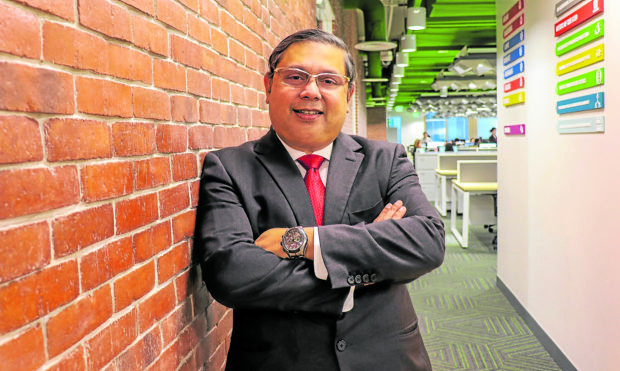In the course of battling COVID-19, many Filipinos were confronted with the unfortunate truth of how drastic life can change without financial protection. The pandemic is taking longer than most people first assumed, and with the spike in cases that we’re seeing currently, there is no indication yet how much longer we still have to fight. Lives and finances have already been completely upturned, leaving many people apprehensive about their security. Above everything, the pandemic exposed the various underlying risks of modern life, which has further contributed to the need for protection for many people.
Latest data from the Insurance Commission (IC), show that the life insurance industry gathered an increase of 0.95 percent in total premiums in the third quarter of 2020 compared to the same period in 2019. In contrast, the second quarter tallied a 0.41-percent decline in total premiums, suggesting that life insurance was not a priority for most Filipinos during the first few months of the lockdown, but they were able to pick up in the following months as the pandemic wore on.
The unease about the pandemic notably contributed to the rising awareness of the need to get financial protection.
When the lockdowns began in March 2020, a decline in sales became apparent, which was clearly understandable and quite expected, considering the state of affairs. However, as the pandemic situation showed no signs of improvement, the uncertainty brought alarm to the public, which prompted them to seek information and get financial protection through insurance. While people are spending less on insurance, more people are now willing to spend on it.
In the past year, Bank of the Philippine Islands (BPI)-Philam received an increased demand for its products, which connotes that awareness on insurance drove up. During this time, it prioritized its consumer education initiatives to help people detach from their anxiety and objectively appreciate the value of insurance. With COVID-19 affecting everyone from all walks of life, it is imperative that the industry focus on recovery-related efforts that are inclusive and geared towards creating not only a new normal but a better one moving forward.
Going digital
With the risks posed by the pandemic, online inquiries about financial protection also significantly rose as of the past several months. Consumption of personal finance topics online grew. Apart from insurance, this included loans, effect on oil prices, and stock market performance, among others.
Before the quarantine, selling life insurance was mainly done face-to-face where licensed financial advisors and customers can more openly discuss the benefits of insurance. However, with the Philippines being dubbed as the world’s social media capital, alongside the lockdowns that drove Filipinos to upload their lives into the digital realm, it was only fitting that insurance companies begin to bring their products online.
The IC heard the clamor and eased regulations to allow insurance companies to sell products online during the enhanced community quarantine period or any extension as appropriate.
Many insurance companies were quick on their feet in upgrading systems to adapt to the abrupt changes and help people acquire protection. From inquiry to application, customers need not go out of their homes anymore. Some companies even allow their current insurance holders to completely manage their policies via dedicated customer portals. Support has also been made accessible in just a few clicks to assist customers while enabling them to observe social distancing protocols.
A trend that emerged within the industry during the lockdown is the selling of insurance policies on e-commerce platforms and popular super apps. Since most were already accustomed to using such platforms, it became an easy channel for insurance companies to answer the rising demand for insurance products and introduce how insurance can offer financial protection in case of unprecedented situations. By maximizing the available technology, consumers are now able to get more information about which insurance policies suit them best and acquire them more conveniently.
By equipping BPI-Philam’s Bancassurance Sales Executives with the right technology and communication tools, the company has been able to continue providing customers with a seamless end-to-end service amid the disruption. Apart from the fact that digitalization will future-proof the business and secure the jobs of its people, it believes that more consumers deserve to learn about and appreciate the kind of protection that insurance can provide, especially in light of the current circumstances.
2021 and beyond
The industry has made great strides, but the race against risk is still on.
Further data by the IC showed that insurance penetration in the country, or the contribution of the insurance sector to the national economy, remained at 1.69 percent as of Sept. 2020 compared to the same period in 2019. As an emerging market, the protection gap in the Philippines is still huge, valued at trillions of pesos. It is part of BPI-Philam’s commitment to provide affordable and accessible insurance not only to close the protection gap but also to increase insurance penetration.
Digital transformation across the insurance industry has enabled companies to cope with the challenges of the pandemic, while bringing awareness on insurance right at the fingertips of consumers. It’s a great opportunity for insurance companies, and, with the tech tools right here, the likelihood of achieving the goal has increased. Insurance companies and consumers were successful in making this the norm under quarantine guidelines, and this could only be the beginning. INQ
The author is President and CEO of BPI-Philam Life Assurance Corp.
